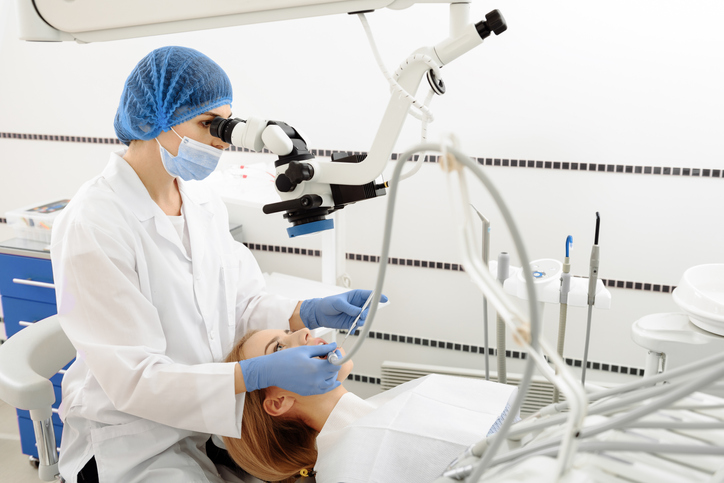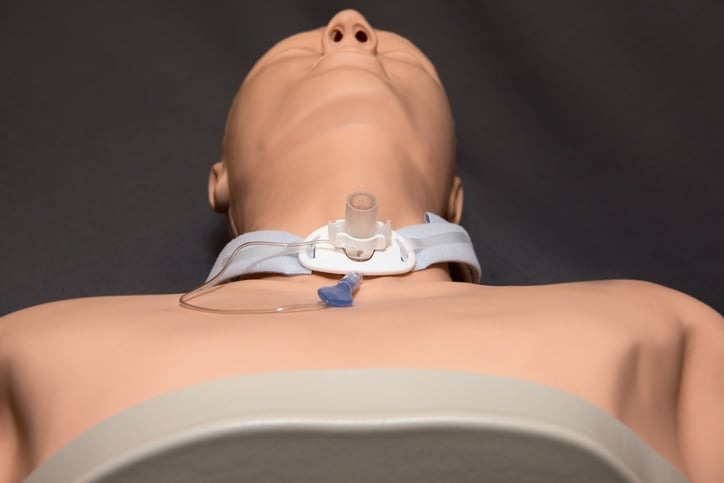A suction catheter is one of the most versatile, useful pieces of medical equipment in your supply bag. Whether it’s preventing emergencies before they start or offering life-saving treatment when a person cannot effectively breathe on their own, the right suction catheter is critical to doing your job. Here are seven key uses for suction catheters.























